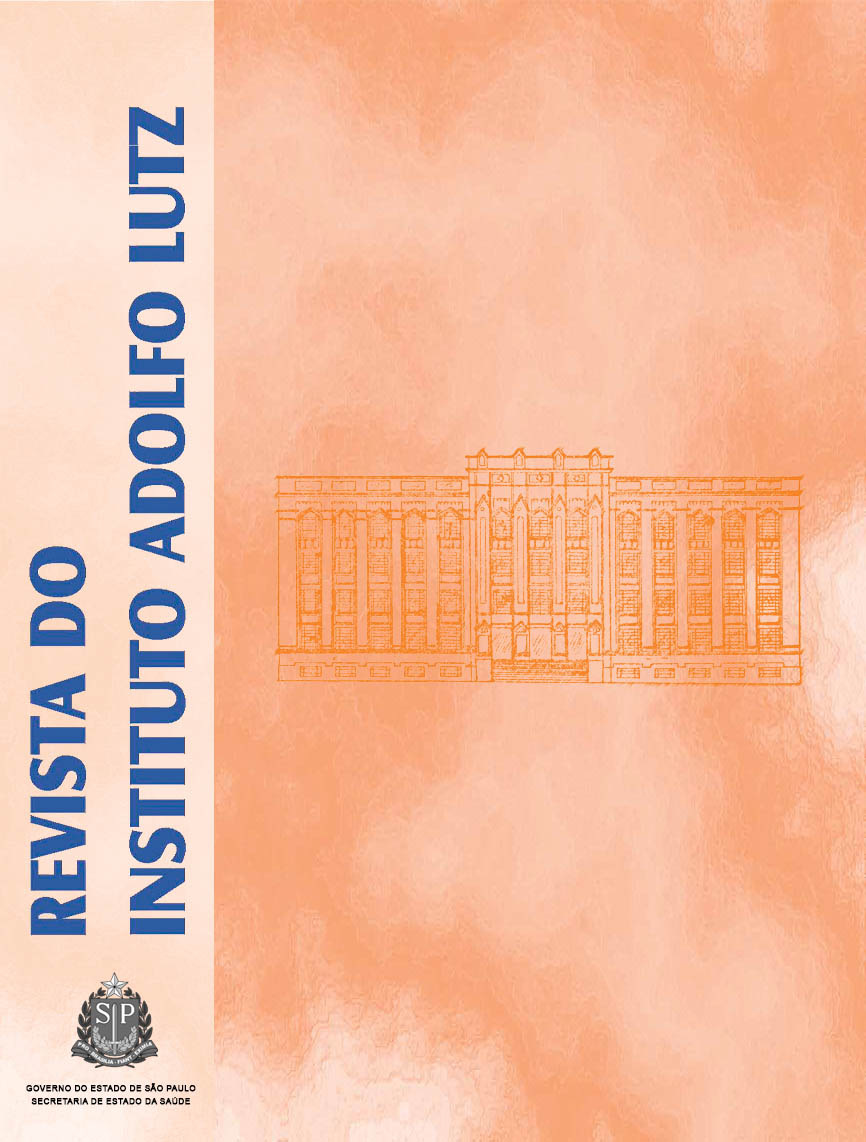Abstract
Water activity - Aw (Aqualab 3TE - Decagon) and molds and yeasts counting were assessed in 60 honey samples traded on open-air markets, supermarkets and natural products establishments at Western region of São Paulo city. Water activity measures showed a mean value of 0.578, and 0.027 as standard deviation, being 0.489 and 0.661 the minimum and maximum values, respectively. Molds and yeasts counting (performed on culture containing 2 and 20% dextrose potato agar) presented the minimum, median and maximum values of <0.5x1; <0.5x1 e 3.9x102 CFU/g respectively on 2% dextrose agar, and <0.5x1; 0.5x10 e 3.9x102 CFU/g, respectively on 20% dextrose agar. No significant difference in mold/yeast counting on 2 and 20% dextrose agar was evidenced; although high rate of absence of mold and yeast growing was observed onto 2% dextrose agar. In conclusion, 59/60 (98.33%) samples presented low probability for fermenting process, as these honey specimens showed low counts of most and yeast (<15 CFU/g) and/or Aw (<0.61). Of 60 samples, only one (1.67%) showed a potential fermenting condition owing to the counting value of >100 CFU/g and Aw >0.61. Further studies should be carried out to investigate the culture medium osmolarity for quantifying and identifying molds and yeastsReferences
1. Brasil. Instrução Normativa n.11, de 20 out. 2000 do Ministério da Agricultura e do Abastecimento. Regulamento Técnico de identidade e qualidade do mel. Disponível em: http://oc4j.agricultura.gov.br/agrolegis/do/consultaLei?op=viewTextual&codigo=7797. Acesso em9 jun. 2005.
2. Franco BDGM, Landgraf M. Microbiologia dos alimentos, 2. ed. SãoPaulo: Ed Atheneu; 1996.
3. Schweitzer P. Qualidade do mel. Apacame, Disponível em URRL:http://www.apacame.org.br/ mensagemdoce/61. Acesso em: 14 set.2004.
4. Salamanca GG, Pérez FC, Serra BJA. Determinación de la actividade de agua en mieles colombianos de las zonas de Bocayá y Tolima. Beekeeping.Disponívelem URRL: www.beekeeping.com/articulos/salamanca/actividad_agua.htm. Acesso em: 14 set. 2004.
5. Montville TJ. Concepts in physiology and metabolism. In: Food MicrobiologyVol. I, 1a. ed. Florida CRC Press, 1987. p.11.
6. Barros GC, Mendes ES, Silva LBG, Oliveira LA. Qualidade físico –química e microbiológica de méis comercializados na grande Recife, PE , Hig Alim 2003, 17, 112: 53-8.
7. Garcia-Cruz CH, Hoffmann FL, Sakanaka LS, Vinturim TM. Determinação da qualidade do mel, Rev Alim Nutric 1999, 10: 23-35.
8. Brasil, Ministério da Agricultura e do Abastecimento, Secretaria Nacional de Defesa Agropecuária, Laboratório Nacional de Referência Animal – LANARA. Métodos analíticos oficiais para controle de produtos de origem animal e seus ingredientes. Métodos microbiológicos, Brasília, 1991/1992.
9. Brasil. Instrução Normativa n.62, de 26 ago. 2003. Ministério da Agricultura Pecuária e Abastecimento. Secretaria de Defesa Agropecuária. Disponível em URRL: http://oc4j.agricultura.gov.br/agrolegis/do/consultaLei?op=viewTextual&codigo=2851. Acesso em:30 jun. 2005.

This work is licensed under a Creative Commons Attribution 4.0 International License.
Copyright (c) 2005 Instituto Adolfo Lutz Journal
